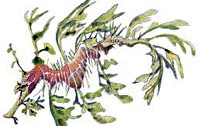
Syngnathinae
There are two species of seadragons to be found in Australian waters, the common or weedy seadragon (Phyllopteryx taeniolatus), and the leafy seadragon (Phycodurus eques).
These spectacular fish, along with seahorses, pipehorses and pipefish belong to the family Syngnathidae. Syngnathids are long, slender fish with bony plates surrounding their bodies. They have a long tubular snout and a tough solid hide and their eyes move independently of each other. They have no teeth or stomach and grow to around 30 to 50cm. The weedy seadragon is the only seadragon species confirmed to be found in Tasmania.
The leafy seadragon is usually green gold and orange with appendages that look like leaves (great for camouflage) and is generally more ornate than the weedy seadragon.
T...
Read More



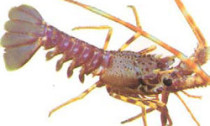
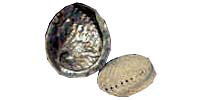

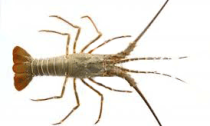


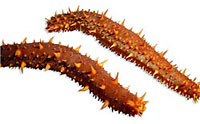
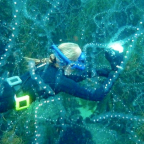

Social Profiles